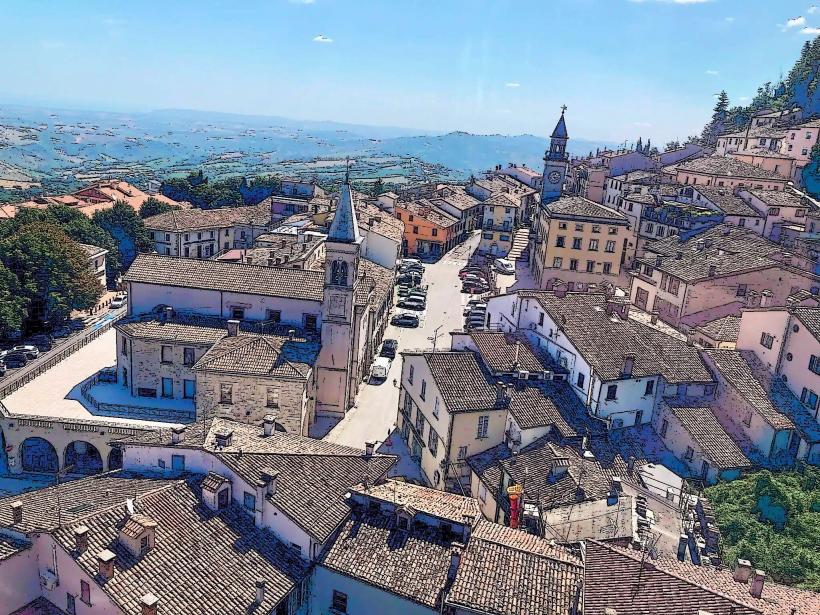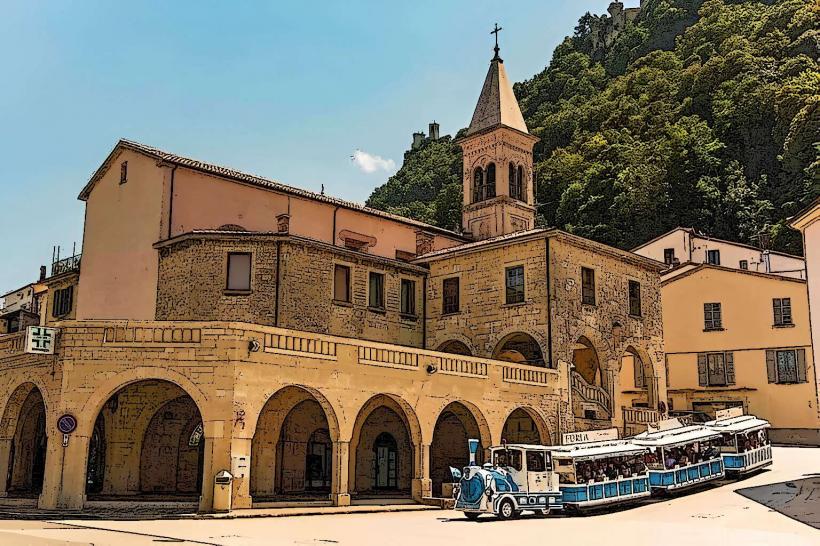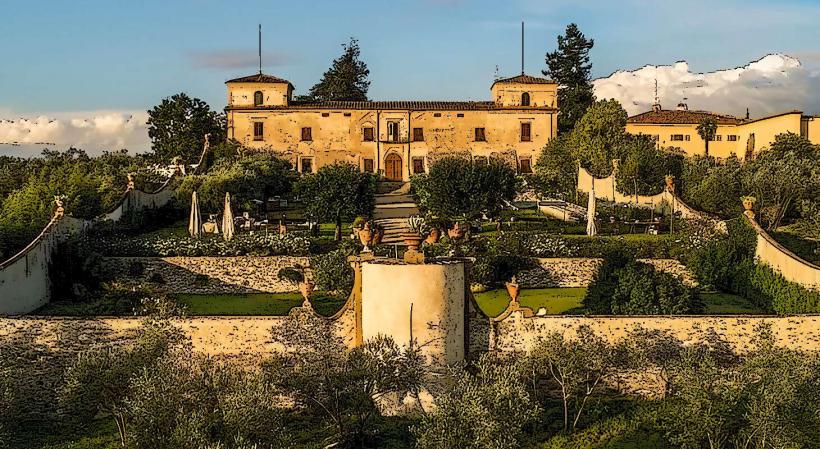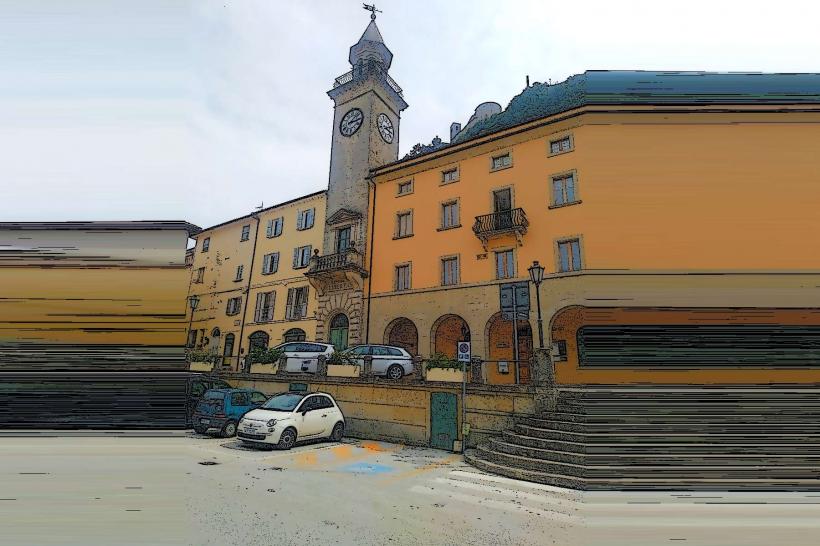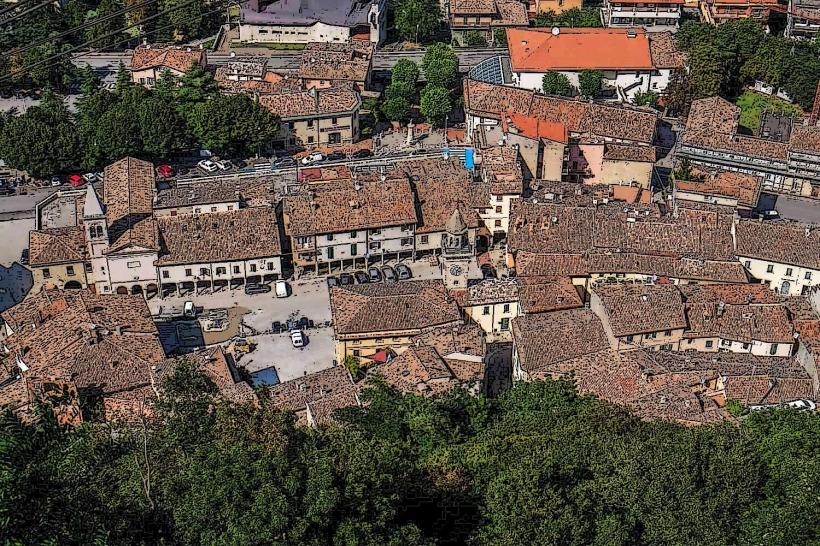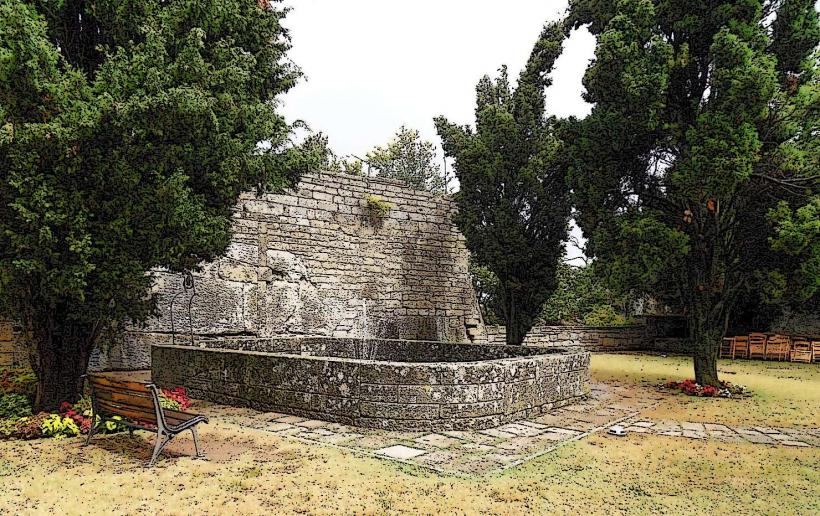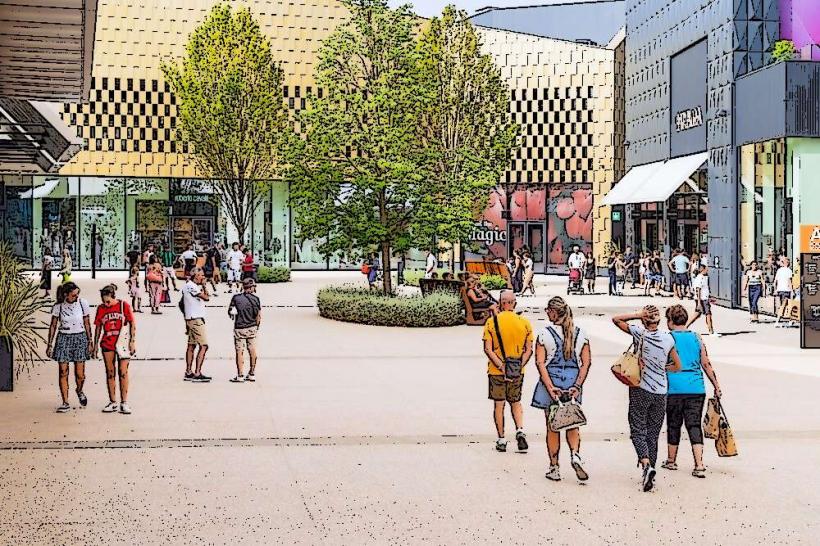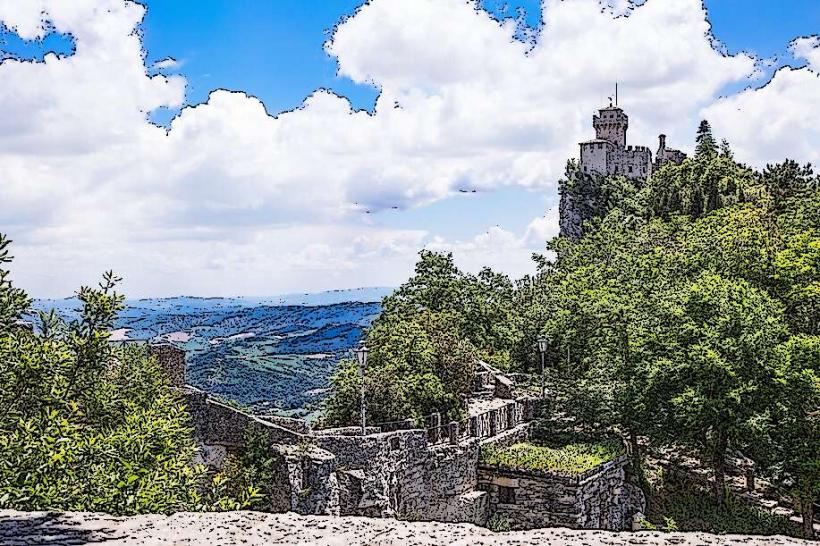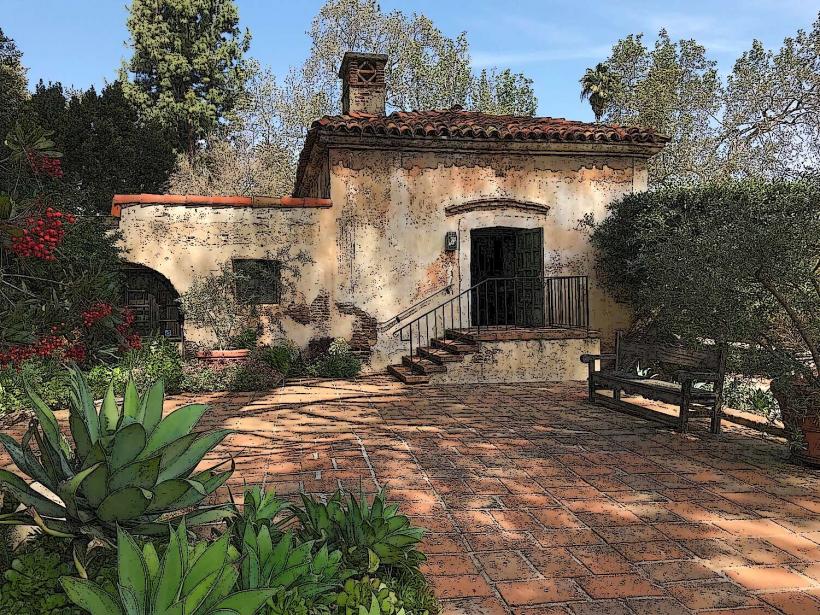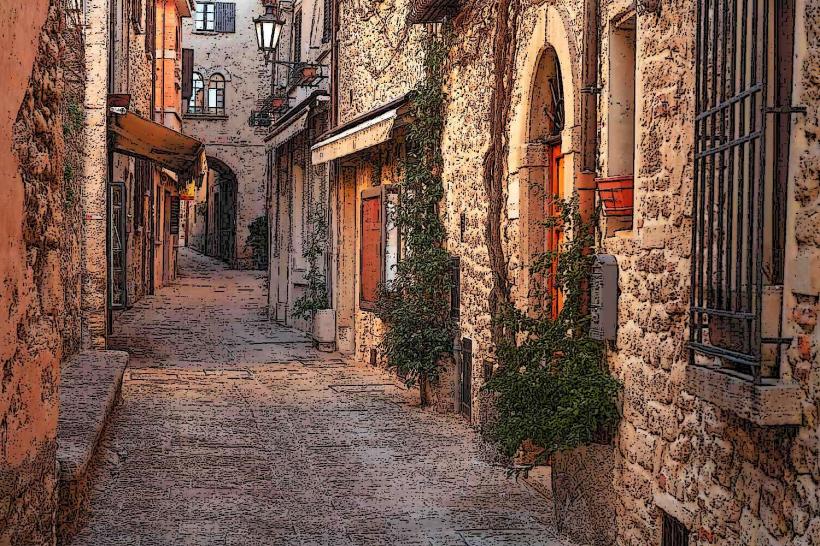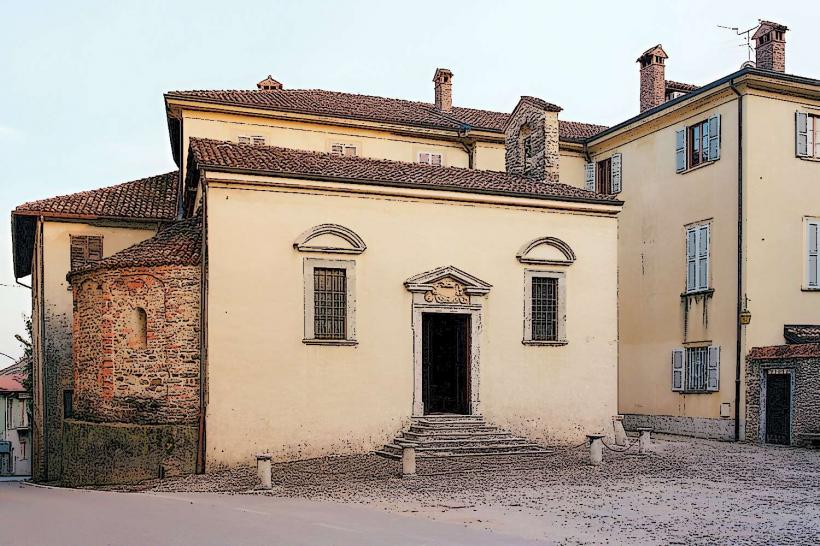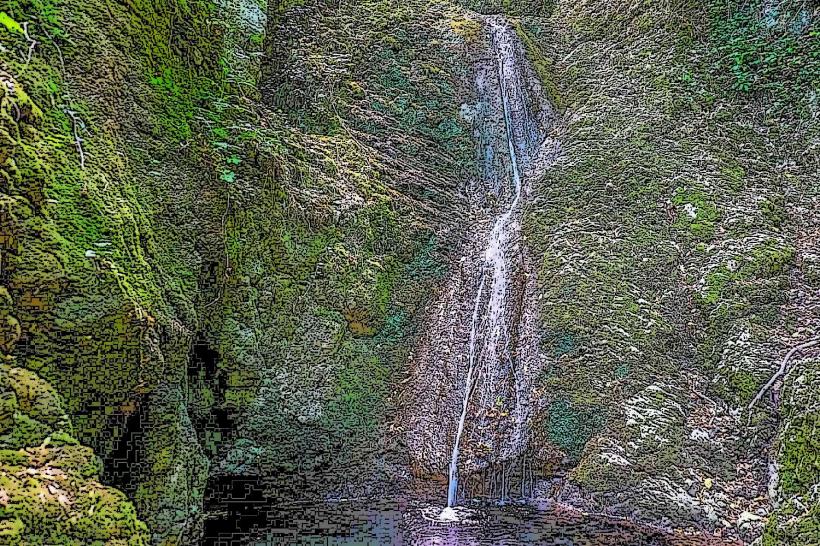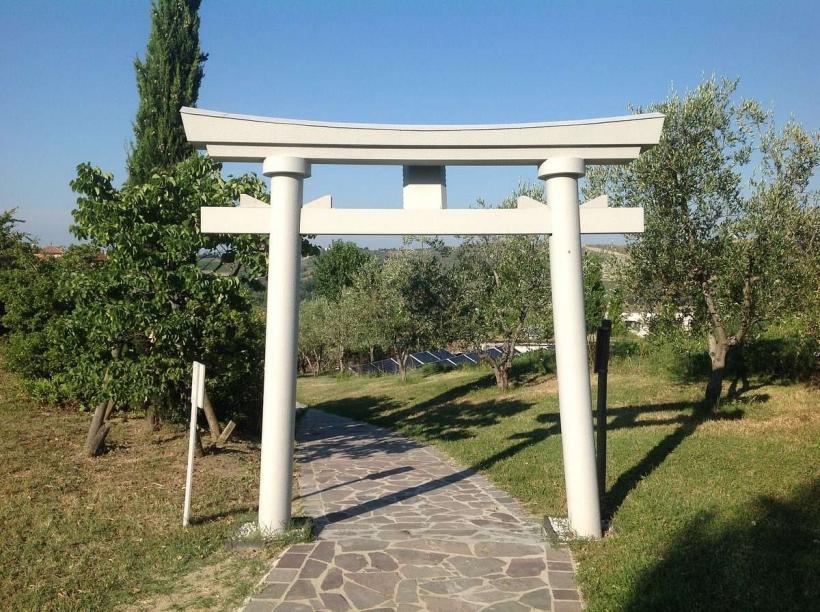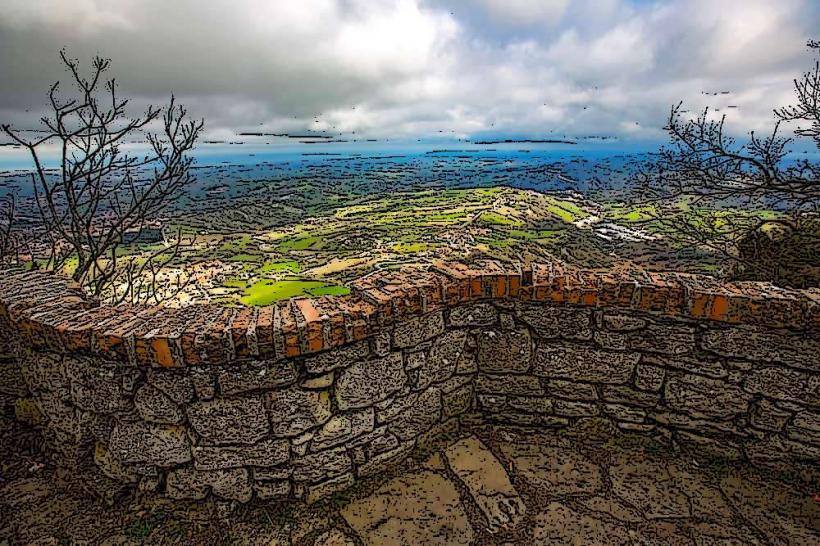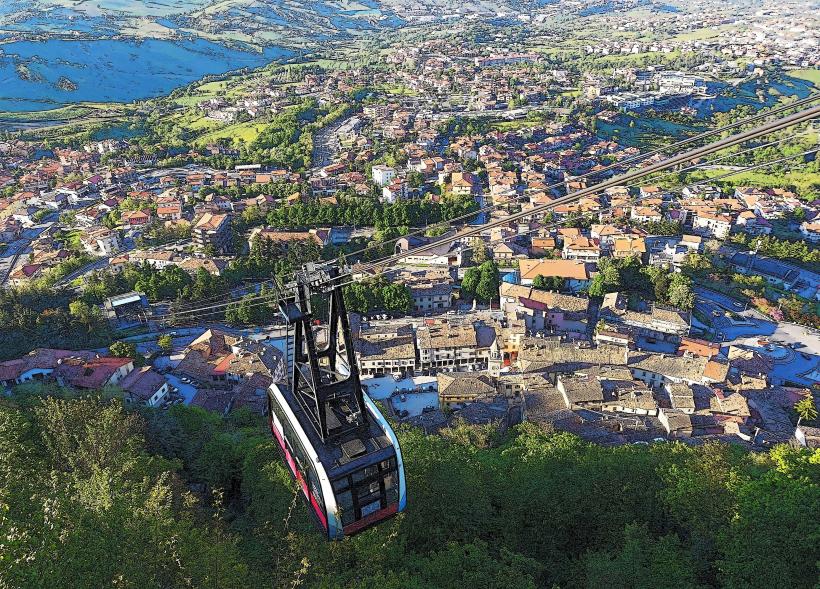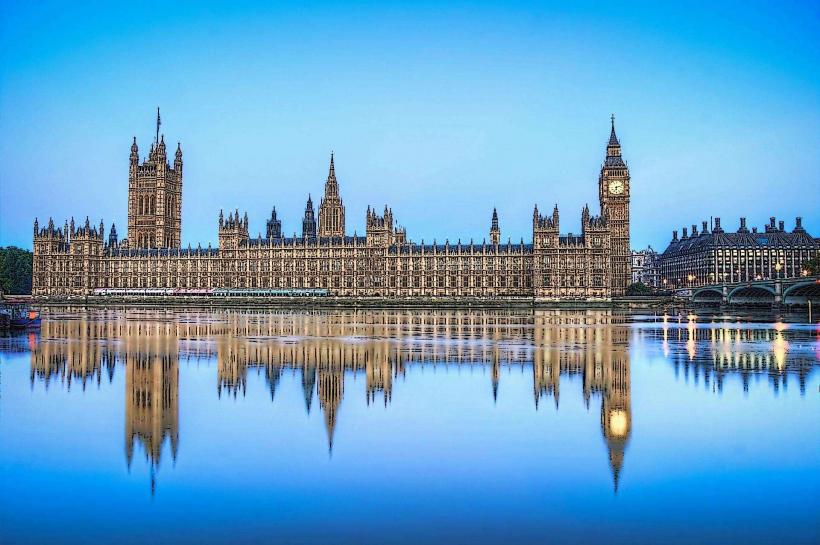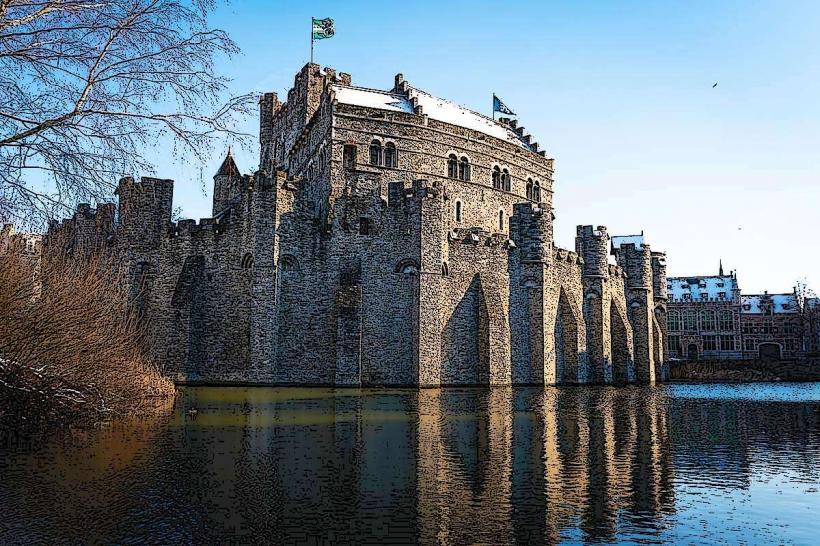Information
Landmark: La Loggia di BorgoCity: Borgo Maggiore
Country: San Marino
Continent: Europe
La Loggia di Borgo is a historic and significant landmark located in the town of Borgo Maggiore in San Marino. This elegant and architecturally distinctive structure serves as a symbol of the town's medieval heritage and plays an important role in the social and cultural life of the area.
Here are the key details about La Loggia di Borgo:
1. Historical Background:
- La Loggia di Borgo dates back to the 16th century, built as part of the efforts to enhance the civic and public spaces in Borgo Maggiore. It was constructed during a time when San Marino was focused on strengthening its political and social institutions.
- The loggia was likely used as a place for public gatherings, meetings, and possibly for administrative functions, which was common for civic loggias in Italian towns during this period. It also served as a place for citizens to gather and interact in the town’s bustling commercial and social life.
2. Architectural Features:
- Renaissance Style: The loggia is a fine example of Renaissance architecture, with a combination of classical elements and the more functional needs of the time. The building features arches and columns, creating a symmetrical, open space.
- The structure is characterized by a series of arches supported by columns, creating a covered passageway. This open-air design allows for both shelter and an unobstructed view of the surrounding area.
- The upper level of the loggia is typically decorated with decorative details, such as stonework and carvings, adding an artistic element to the otherwise practical structure.
3. Cultural and Social Role:
- Meeting Place: Historically, La Loggia di Borgo served as a venue for the local population to gather for important public matters, including meetings, proclamations, and potentially even judicial processes.
- It remains an important cultural and social space in Borgo Maggiore, hosting events, exhibitions, and local gatherings. The loggia is often used during festivals and other civic celebrations, making it a vibrant part of the town's identity.
- The loggia's open space also provides a place for local vendors, creating a lively atmosphere and contributing to the town’s economy.
4. Location:
- La Loggia di Borgo is situated in Piazza del Borgo, the main square of Borgo Maggiore, which is at the heart of the town. The square itself is a central gathering point for locals and visitors, and the loggia is a prominent feature of the square.
- The loggia offers a view of the surrounding hillsides and countryside, providing a peaceful and picturesque setting that is typical of San Marino’s charming towns.
5. Tourism and Visitor Experience:
- La Loggia di Borgo is a popular site for visitors to explore, as it is part of the historical and architectural heritage of Borgo Maggiore. Tourists can admire the building's design, learn about its historical context, and enjoy the view of the town and surrounding areas.
- The loggia is often part of walking tours that explore the town of Borgo Maggiore, which is known for its medieval charm and connection to the rest of San Marino's history. Visitors can explore the local shops, cafes, and other landmarks in the area while enjoying the architectural beauty of La Loggia.
6. Cultural Symbolism:
- As a significant civic structure, La Loggia di Borgo is a symbol of San Marino's independence and its long-standing political and cultural traditions. It represents the country’s rich heritage of self-governance and its historical role as a republic.
- The loggia, like other historical buildings in San Marino, is a reminder of the country’s resilience and the enduring sense of community that has been a part of its identity for centuries.
In summary, La Loggia di Borgo is an iconic Renaissance building in Borgo Maggiore, San Marino. It has historically served as a public space for gatherings, civic functions, and social events. With its beautiful architecture, cultural importance, and location in the heart of Borgo Maggiore, it continues to be an important part of San Marino's heritage and a popular site for visitors.

